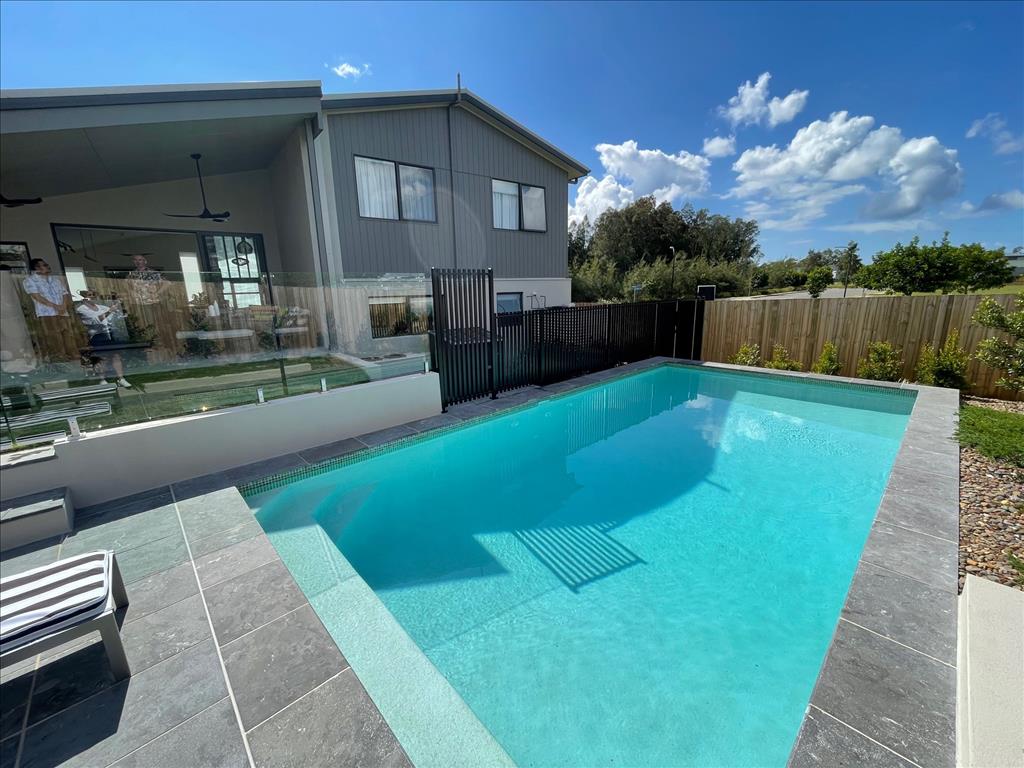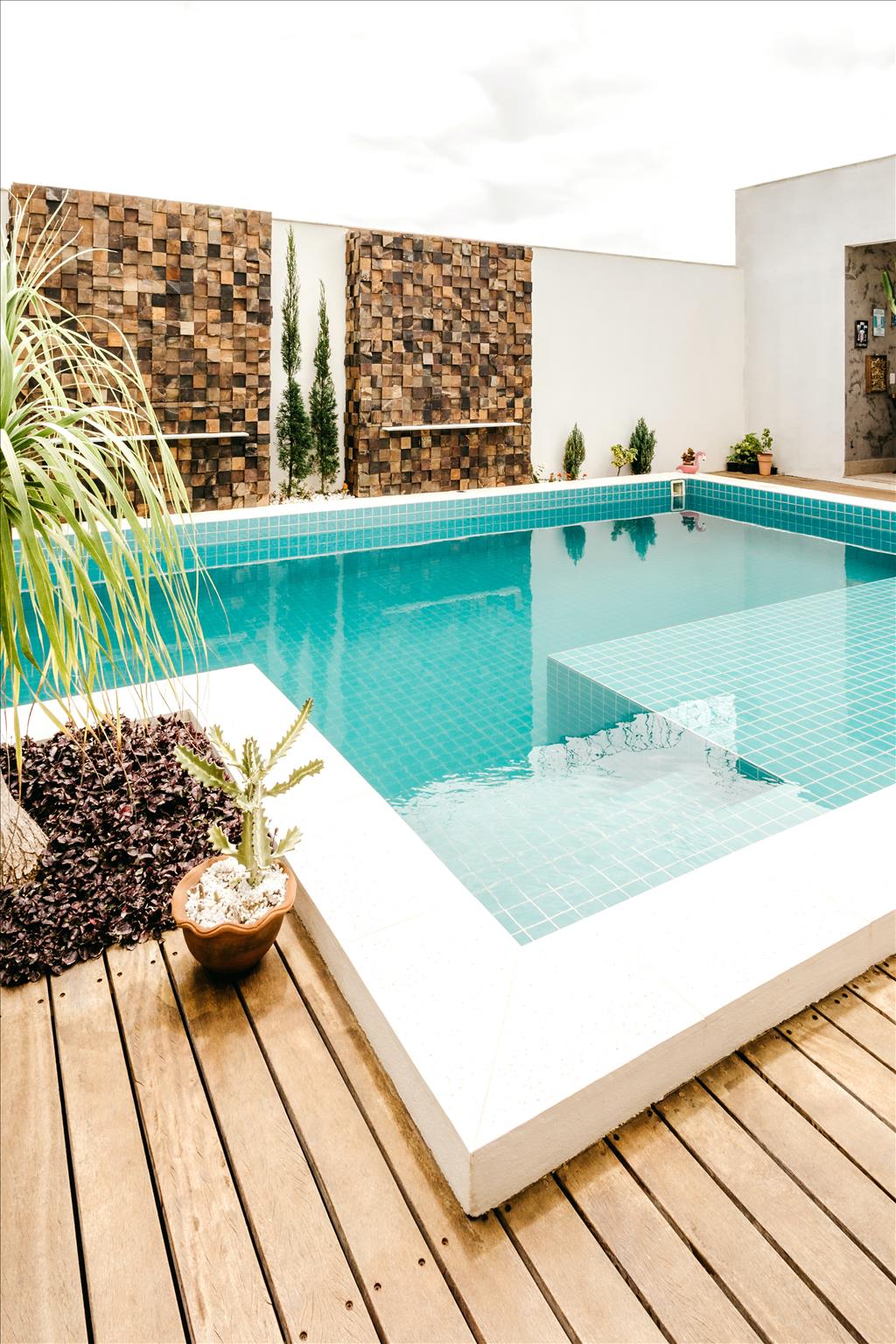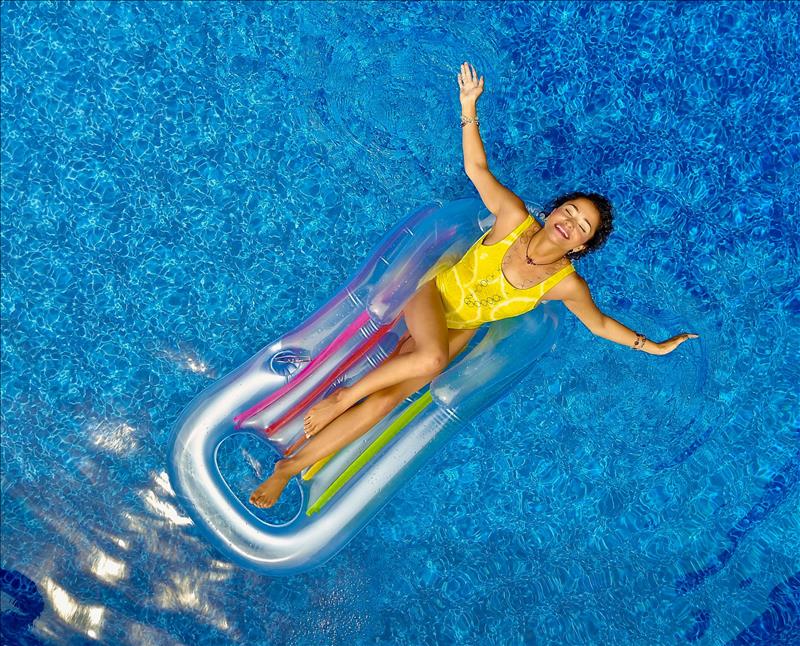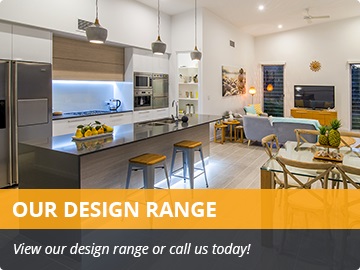When building your new home, it is always a great benefit to consider whether a pool is something you are wanting as well. If you are going through the designing process, this is a great time to implement a pool into your plans. Rather than approaching the addition of a pool at a later date, including a pool into your new home design will mean you can have your home design work together with your landscape and outdoors need making all these spaces work in harmony for a great living experience.
In many cases, building your pool and home together can provide you with more options and reduce the costs compared with doing these two projects separately. Aside from having your new home and pool as part of one DA application process, you can have more flexibility with your options which can help with reduce the overall cost as well. In some instances, it may not fit into the budget to get your pool in straight away and you may opt to approach this in a few years’ time. Nevertheless, if you know that this is something you are wanting to do, it is worthwhile to plan towards this with your new home build especially if you have a block with limited space.
Before you get started, here are the most important pool considerations to help you make the best choice for your home:
Why do I want a pool?
Understanding why you want a pool will help you choose the best design and location for your pool and help you select what meets your needs. Whether it is for exercise, relaxation, sports, entertainment, enhancing the property value and aesthetics or a combination of these reasons, being clear about the purpose of your pool will help you understand what it is you will be investing in.
A great way to identify what will suit is to gather your household together and discuss and make notes on what each person is wanting out of having a pool, weighing up the pros and cons with the options and then outlining your needs and your desires.

Where is the best spot for our pool?
There are two aspects to address here. When considering where, on a larger scale we have to consider where our home is and geographically what type of weather and environmental conditions will affect how we can use the pool and what it may then require. If living in a location that experiences cooler climates, you would consider enclosures to prolong the pool season. In milder climates, swimming pool covers can slow evaporation, deter leaves and debris, or protect the pool when not in use.
The other decision is where you would want your pool situated on your property. If you have a sprawling estate, our biggest considerations are where on your vast property you want to place your swimming pool or spa. Depending on your budget, your options can be almost endless. For those of us with smaller lots, it may take some creativity, special design, and compromise to make a swimming pool or spa work for your outdoor space. For the more common smaller blocks, you may want to consider building the pool in an area that won’t section off a large area of your backyard. Build against the property boundary so you are using existing boundary fence as part of pool fence detail and you are not wasting any areas as useless space. In addition to your yard's size, consider the slope, soil type and accessibility for construction equipment and most relevant the zoning restrictions that will affect your options.
What is the budget?
You may already know what you’re willing to spend on a new swimming pool or you may know what you want out of your pool and to spare no expense. Whichever way you approach this, we can help provide you a better idea of what your project will cost or what you can afford to build knowing one or the other. Setting a budget however, will help you stay on track and give you parameters to work within.
An average family pool could cost $55,000 approximately for a concrete pool and $35,000 for a pool made of fiberglass composite. As well as that, there are several other expenditures to consider including heating components, landscaping, decking, fencing, shading and any other special features or surrounding amenities that you may want to include. In some instances, there will be components that you won’t need to add straight away and in others, there will be features that are more practical to have installed with your new home build as they could be rather costly to add on later.
What do we want and what do we need?
This can very much be dependent on your budget but having an idea of what are your needs and desirables can help with your planning. You may find that you have a few options that you would consider which is always a good thing to have.
Do you want palms shading you from the afternoon heat or a pebble border around your pool? Would you want coping, decking, and borders helping your pool stand out? The materials used can vary, you may want stone, concrete, ceramic or glass elements just to name a few. Would you want to add water features like a fountain or waterfall, lighting, and other accessories within your pool? Would you be wanting entertaining areas, decks, patios, lounging areas and all the components that then come with those options?
Spending some time doing your research online and finding design and styles you like is a great way to start. Essentially you would want to design the pool so it’s an extension of the architecture of your home. Our specialists will be able to help provide you advice as to what will and wont work well for you and how it will affect your use of the area.

How will we maintain our pool?
The largest maintenance expense is a pool's interior finish. Vinyl liners last approximately 6-10 years, and painted concrete needs a new coat approximately every five years. A plaster finish could last 10-15 years. Many of the new cement-coated products such as Pebble Tec are meant to last a lifetime. This can be the decider of how much you want to pay for your pool upfront as opposed to paying more later.
Every pool comes with the responsibility of maintenance. You need to ensure that your pool is energy-efficient with substantial filtration and sound hydraulics. Other kits include the usage of adequate skimmers, variable speed pumps, pool pump enclosures, larger pipes, sanitizers, chlorinators and more. Equipment life spans vary tremendously by brand and quality. Other elements such as proper water chemistry and location of equipment can affect the material's life span. This is one reason why it is very handy to design your new home with your pool when you have a smaller block of land as you can sometimes incorporate your pools storage requirements into your design.
Are you up for the time commitment and monthly costs of maintaining your pool? Can you afford to hire a monthly pool maintenance service to do the dirty work for you? It is worth it to research local rates and learn about all that's entailed in maintaining a swimming pool, spa, or hot tub. Even though these are things that you won’t need to address immediately, it does play a huge factor as to what type of pool you would select to build.
When gathering ideas for your new home build, renovation or extensions, do take in your pool and landscape needs into account. Our specialists at Integrity New Homes can help provide advice and guidance through the process and help find a solution that will work best for you.



